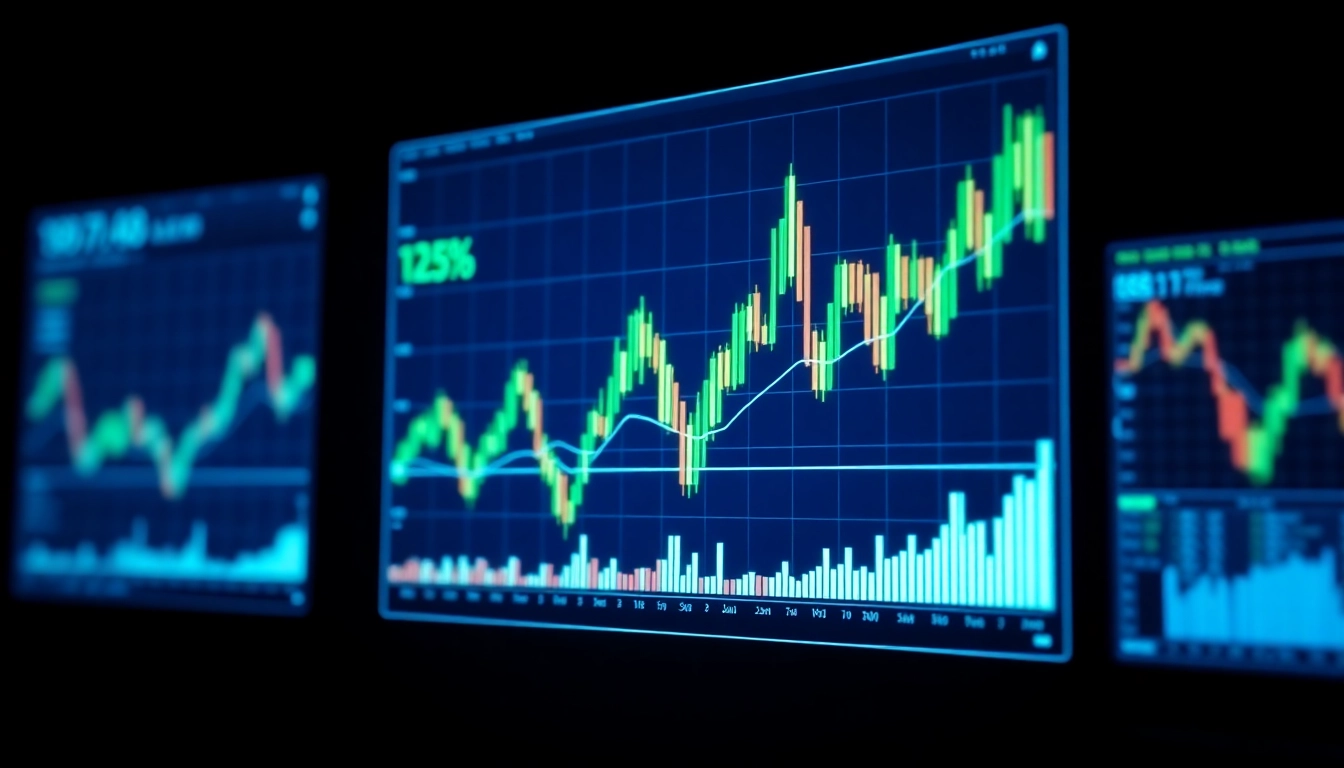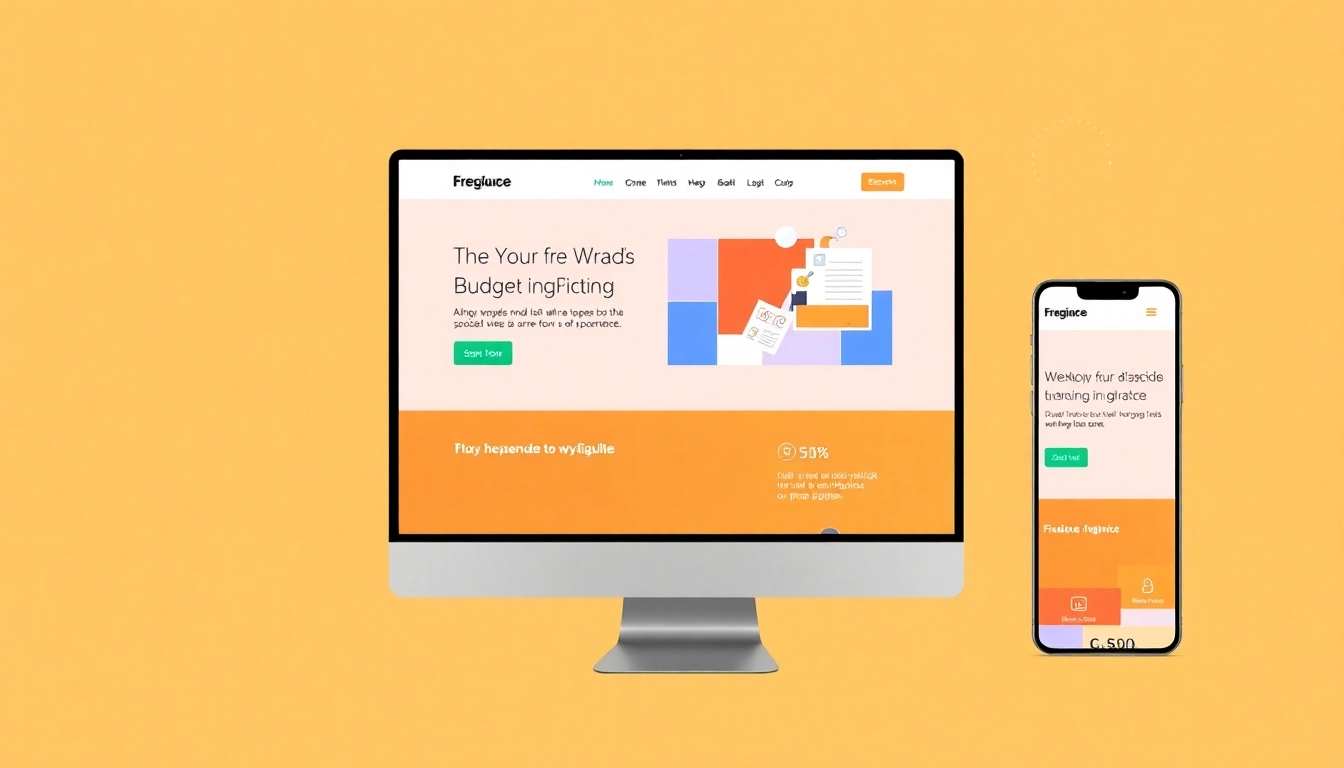Mastering Trading View: Strategies for Smarter Market Analysis and Investment Success
Understanding the Trading View Platform and Its Key Features
In the modern landscape of financial trading and investment, having access to reliable, comprehensive, and user-friendly charting tools is essential for both beginners and seasoned professionals. One of the standout platforms in this arena is trading view. This platform has revolutionized how traders analyze markets, share insights, and execute strategies, offering a blend of advanced charting, collaborative features, and real-time data. Whether you’re tracking stocks, cryptocurrencies, forex, or commodities, understanding the core features of Trading View can empower you to make smarter, more informed trading decisions.
Introduction to Trading View and Its Implications for Traders
Trading View is not merely a charting tool; it’s an integrated ecosystem connecting countless market participants worldwide. Its implications for traders are profound: it democratizes access to sophisticated technical analysis, fosters community-driven insights, and facilitates seamless integration with trading workflows. With over 60 million users globally, it has established itself as a go-to platform for real-time market analysis, social engagement, and strategy development.
Furthermore, the platform’s accessibility—available via web, mobile apps for iOS and Android, and even desktop—means traders can stay connected to markets 24/7. Critical market events, stock movements, cryptocurrency trends, and economic releases are all at your fingertips, enabling timely decision-making even on the move.
Core Tools and Charting Functionalities Overview
At the heart of Trading View are its powerful charting tools. Users can access a wide variety of technical indicators, overlays, and drawing tools to dissect market movements intricately. Here are some of its core features:
- Price Charts: Interactive, customizable charts with multiple timeframes—intraday, daily, weekly, monthly, and custom ranges.
- Technical Indicators: Over 100 built-in indicators like Moving Averages, Bollinger Bands, MACD, RSI, Fibonacci retracements, and more.
- Drawing Tools: Trend lines, horizontal support/resistance, channels, pitchforks, and annotations to identify key levels and patterns.
- Multiple Chart Types: Candlestick, Line, Bar, Area charts, catering to different analysis preferences.
- Real-Time Data: Accurate streaming prices across global markets, crucial for timely trades.
This robust suite of tools allows traders to perform both basic and advanced technical analyses, giving them a competitive edge in volatile markets.
How to Customize Your Trading Workspace Effectively
Maximizing efficiency on Trading View hinges on customizing your workspace to suit your trading style. Here are strategies for an optimized setup:
- Creating Watchlists: Organize assets by categories—stocks, cryptos, forex—making it easier to monitor relevant instruments.
- Layout Management: Save multiple layout configurations for different trading scenarios, such as swing trading or scalping.
- Indicators and Scripts: Tailor indicator combinations and insert custom scripts from Trading View’s Pine Script editor to automate analysis.
- Alert Settings: Set up alerts on specific price levels, indicator signals, or pattern formations to receive notifications without constant monitoring.
- Collaborative Sessions: Share your workspace with mentors or trading communities to gain feedback or insights into market movements.
Customizing your workspace not only improves reaction times but also helps maintain clarity, reducing cognitive overload during busy trading hours.
Applying Trading View for Technical Analysis and Market Insights
Utilizing Technical Indicators and Overlays
Technical indicators are the backbone of market analysis on Trading View. For instance, moving averages help identify trend directions, while oscillators like RSI signal potential overbought or oversold conditions. Combining multiple indicators—such as MACD with Bollinger Bands—can refine entry and exit points. The platform allows you to overlay these tools directly onto your charts, dynamically adjusting to live data for continuous insight.
Moreover, custom scripts and community-developed indicators can extend your analytical capabilities, enabling tailored strategies suited to your specific trading style.
Identifying Trend Patterns and Signals with Advanced Charts
Pattern recognition is pivotal for predicting future market movements. Trading View provides tools for identifying trend lines, channels, head-and-shoulders, triangles, and other formations. These visual cues, aligned with trend analysis, assist traders in anticipating reversals or continuations.
Advanced chart features, including candlestick pattern recognition and volume analysis overlays, support nuanced insights into market sentiment. For example, a bullish engulfing pattern combined with rising volume may signal a strong reversal, prompting timely buy decisions.
Implementing Alerts and Notifications to Optimize Trading Timing
Timing is critical in trading. Trading View’s alert system allows traders to set specific triggers—such as crossing a moving average, a price hitting a support level, or an indicator signaling overbought conditions—and receive instant notifications via email or app alerts.
This proactive approach minimizes missed opportunities and enables traders to act swiftly when market conditions align with their strategy, all without remaining glued to the screen.
Building a Trading Strategy Using Trading View Data
Developing Entry and Exit Rules Based on Chart Analysis
Effective trading strategies rely on clear entry and exit signals. Using Trading View, traders can backtest different setups—like entering a trade when a breakout occurs above resistance combined with RSI confirming momentum—and define precise rules.
For example, a trader might implement a rule to buy when the price crosses above a 50-day moving average with volume confirmation and exit when RSI indicates overbought conditions.
Risk Management Techniques Integrated with Trading View Tools
Risk management is non-negotiable. Trading View facilitates this via customizable stop-loss and take-profit levels, based on support/resistance zones or indicator signals. Position sizing can be automated through trader-defined parameters, ensuring consistent risk exposure.
Additionally, combining alerts with risk parameters ensures that if a trade moves against expectations, the platform prompts immediate action to limit losses.
Backtesting and Refining Strategies Through Historical Data
Backtesting is essential for validating trading strategies. Trading View’s bar replay feature enables users to simulate trades on historical data, testing the effectiveness of their rules under varying market conditions.
By analyzing performance metrics—such as win rate, profit factor, and drawdown—traders can refine their strategies iteratively, leading to more robust systems in live markets.
Integrating Trading View with Broader Market Analysis Tools
Connecting Trading View with Brokering Accounts
Seamless integration with brokerage accounts is a key benefit. Trading View supports direct order execution through partnered brokers, enabling traders to act immediately on analysis and alerts, streamlining the trading process.
API connections and social sharing features further enhance the overall workflow, making Trading View not just an analysis tool but an active part of trading operations.
Leveraging Social Features and Community Insights
The platform’s social community allows traders to publish ideas, share charts, and discuss market outlooks. This collaborative environment accelerates learning and exposes users to diverse analytical perspectives.
Trending ideas, comment threads, and live chat rooms foster a sense of shared expertise, helping traders validate their strategies or discover new opportunities.
Utilizing Trading View’s Mobile Apps for On-the-Go Trading
Market conditions shift rapidly, making mobile access critical. Trading View’s dedicated apps provide real-time charts, alerts, and trading functionalities. Whether on a commute or during a break, traders can monitor positions, receive notifications, and execute trades seamlessly—keeping them connected wherever they are.
Optimizing Performance and Staying Updated with Trading View
Best Practices for Maintaining Speed and Accuracy
To ensure optimal performance, keep the platform updated, optimize your device’s internet connection, and streamline your workspace by removing unnecessary overlays or indicators that may slow down rendering. Regularly saving your layouts avoids loading delays and maintains a smooth user experience.
Tracking Market News and Trends in Real-Time
Incorporating news feeds and economic calendars into Trading View enriches your analysis. By staying current on global events and market-moving releases, traders can adjust strategies proactively, mitigating unexpected risks.
Assessing Success Metrics and Continuous Improvement
Monitoring your trading performance through Trading View’s built-in analysis tools helps identify areas for improvement. Key metrics include win/loss ratio, average profit, drawdowns, and strategy robustness under different market conditions. Regular review and refinement—guided by data—ensure long-term success.



